By Louise Irvine
Pour yourself a mint julep on September 5 in honor of the 146th Kentucky Derby which will take place on September 5, instead of the usual May date. The “Run for the Roses” has been described as “the fastest two minutes in sports” so once the race is over, have a look at Royal Doulton’s contribution to the sport of kings.
The Kentucky Derby has become a national celebration since it was first staged in 1875. The flat race for three-year-old thoroughbreds has run uninterrupted for 144 years, even during two world wars and the Great Depression. It is great that the tradition will continue in 2020 despite the restrictions of COVID-19. The American race was inspired by the Epsom Derby in Britain which has been running since 1780 and was also rescheduled this year. It is the richest horse race in Britain and was named after the 12th Earl of Derby whose family had a long history of horse-racing. British aristocracy and royalty have been interested in thoroughbred racing for centuries hence the title the “Sport of Kings.”
Huge crowds would travel from London each year to watch the Derby and enjoy the Epsom Fair, initially a ten-day event featuring musicians, clowns and conjurers and steam-driven rides from the 1870s. The atmosphere of the Victorian event is brilliantly conjured up by William Powell Frith in his 1858 painting of The Derby Day. The illustrator Gustave Dore also gives us a glimpse of Derby crowds at lunchtime. In the 20th century, Dame Laura Knight became famous for her paintings of gypsies at the Epsom and Ascot racecourses. Charles Vyse, the ceramic artist, also portrayed the gypsies and peddlers who plied their trade at races and horse fairs, notably The Madonna of the Racecourse from 1926.
Going to the Derby
George Tinworth, the first artist at Doulton’s Lambeth Art Pottery, frowned upon horse-racing and gambling and made his point with two humorous sculptures from the 1880s. In one salt-glaze stoneware group, entitled Going to the Derby, a family of frogs set out optimistically in a mouse-drawn carriage. They return despondent and Tinworth has no sympathy for them according to his inscription: “Lost and serves them right for betting.” Tinworth’s mice and frogs enacting human foibles and frailties were often used as holders for menus and place cards and Sir Henry Doulton commissioned several of these conversation pieces to entertain guests at his dinner parties.
Tinworth also portrayed some frogs as intrepid jockeys on mouse-back in The Steeplechase group where one unfortunate rider has landed in the ditch. In this type of horse-racing, competitors jump obstacles such as fences, hedges, and ditches. In 18th century Ireland, horses used to race cross-country between church steeples which is how the name arose. The Grand National, held annually at Aintree Racecourse in Liverpool is the most famous steeplechase in the world and has been running since 1836. Tinworth’s Steeplechase dates from the mid-1880s and was also made into a clock, as can be seen at WMODA.
The Winner
A New Zealand racehorse named Royal Doulton inspired the rarest horse model in Doulton’s HN figure collection. Owned by the Roulston Brothers of Auckland, the mare was born in 1923 and was the winner of two gold cups and 4,325 sovereigns in stakes. The Winner HN1407 was introduced in 1930 and modeled by a famous French equestrian sculptor, Gaston d’Illiers (1876-1952). Count d’Illiers devoted his life to his two passions: horses and sculpture. He showed his work at the Ecole des Beaux-Arts and other French exhibitions from 1899 to his death and established a high reputation among horse experts and art connoisseurs. One of his most famous statues Avant la Course (Before the Race) was often given as a prize to the race winner. The Winner is depicted with her jockey Keith Voitre up. Voitre was one of the most talented riders of his time in Australia and New Zealand and went on to win the coveted Melbourne Cup in 1935. Three years later, he died tragically from a fall during a race at Monee Valley, Australia.
A Royal Gift
Royal Doulton’s second racehorse Merely a Minor HN2530, was modeled by Frederick Thomas Daws and introduced in 1939. F. T. Daws was better known as a dog artist and contributed many of the Championship dogs to the HN collection. Most of the Royal Doulton horse models were the work of the distinguished sculptor, William Chance. He was responsible for the model of Monaveen, the royal steeplechaser which was the first racehorse owned by Queen Elizabeth II and the Queen Mother. Monaveen was Her Majesty’s first race winner in 1949 before she was crowned. The Queen has been hooked on horses since she learned to ride on a shaggy-maned Shetland pony at the age of four. She became interested in horse-racing as a teenager and has owned and bred horses that have triumphed in all types of equestrian sports. The Royal Doulton model of Monaveen was presented to the princess when she visited the factory showrooms in 1949. Only two models were ever made, and one is now at WMODA. Sadly, Monaveen ran his last race in 1950 when he broke a leg at a water jump and had to be destroyed. Videos of Monaveen in action can be seen on YouTube.
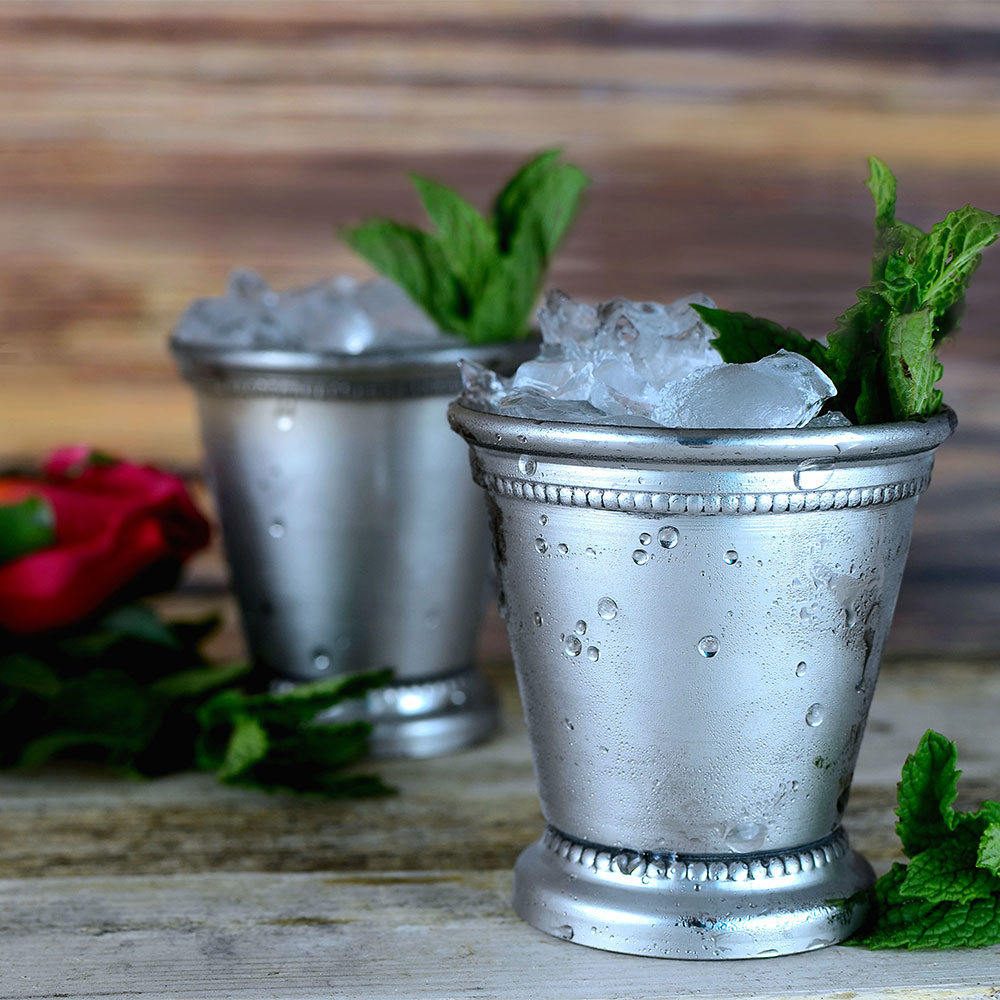
Mint Julep
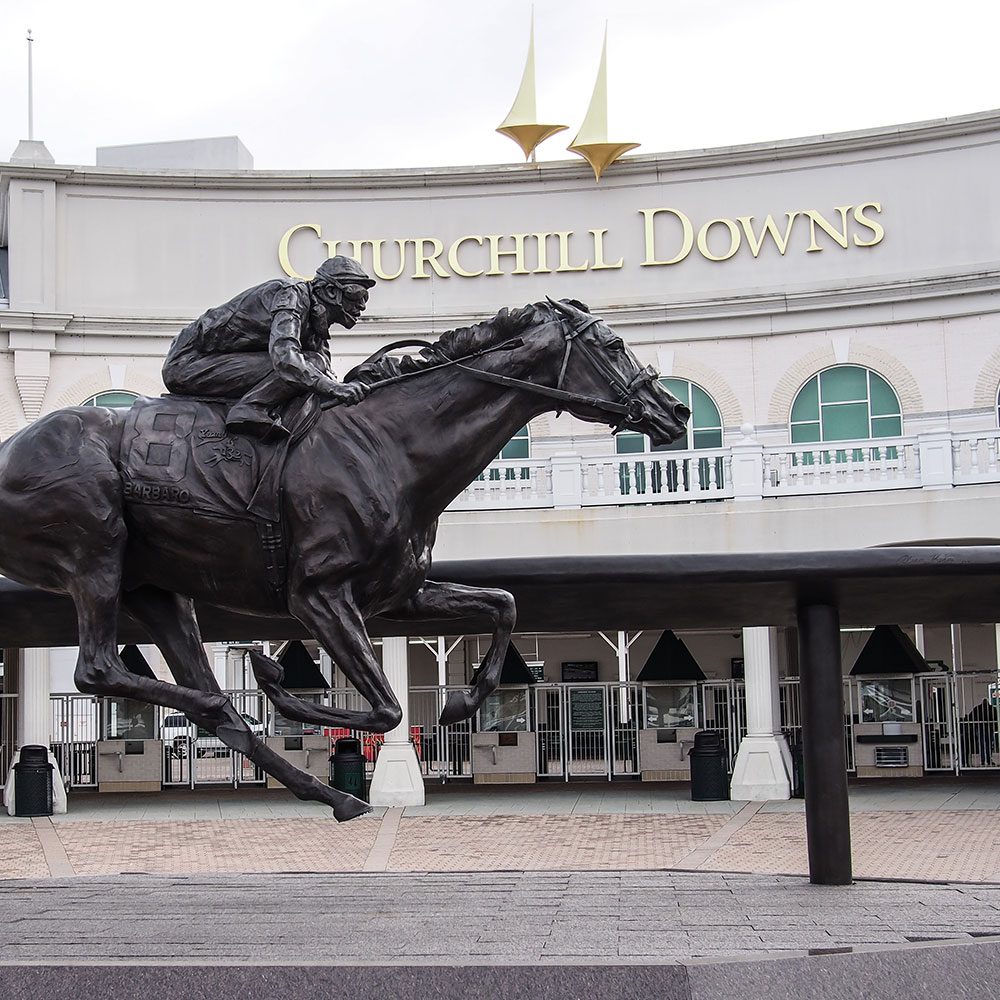
Churchhill Downs, home of the Kentucky Derby
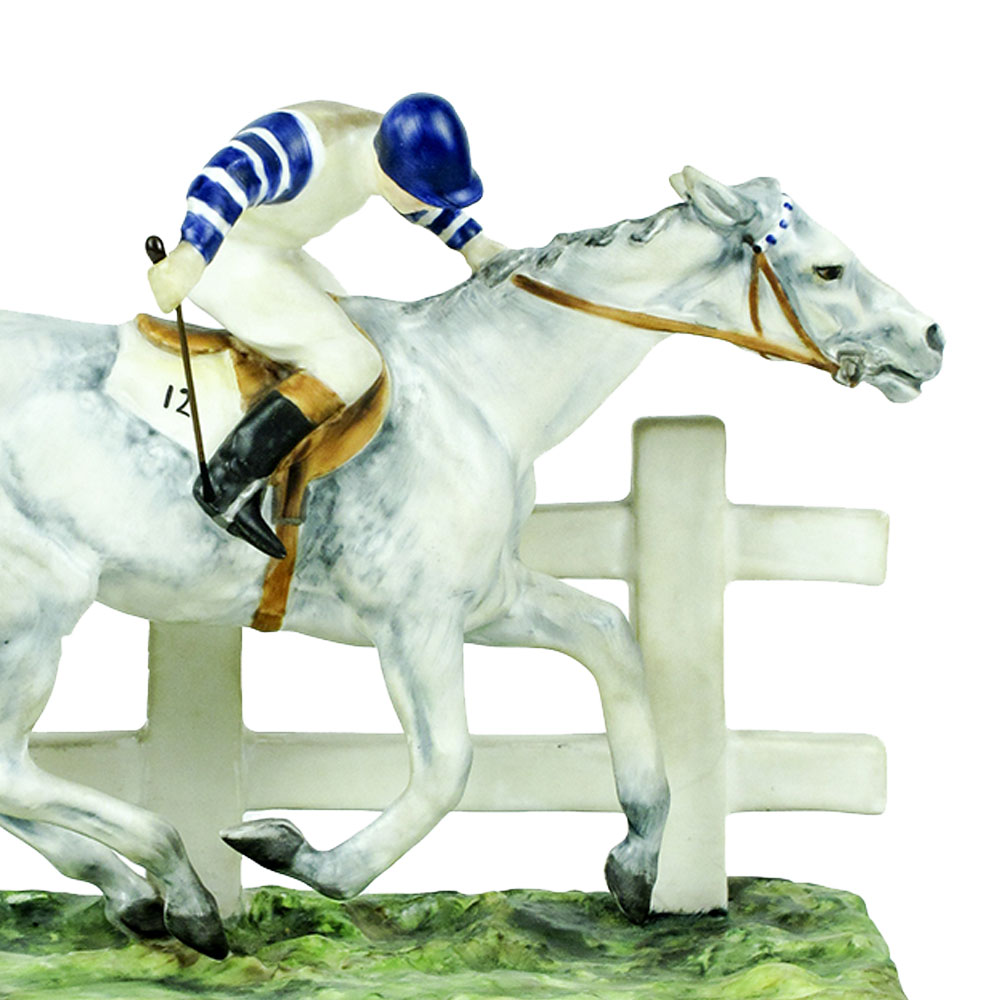
Royal Doulton The Winner by G. d’Illiers
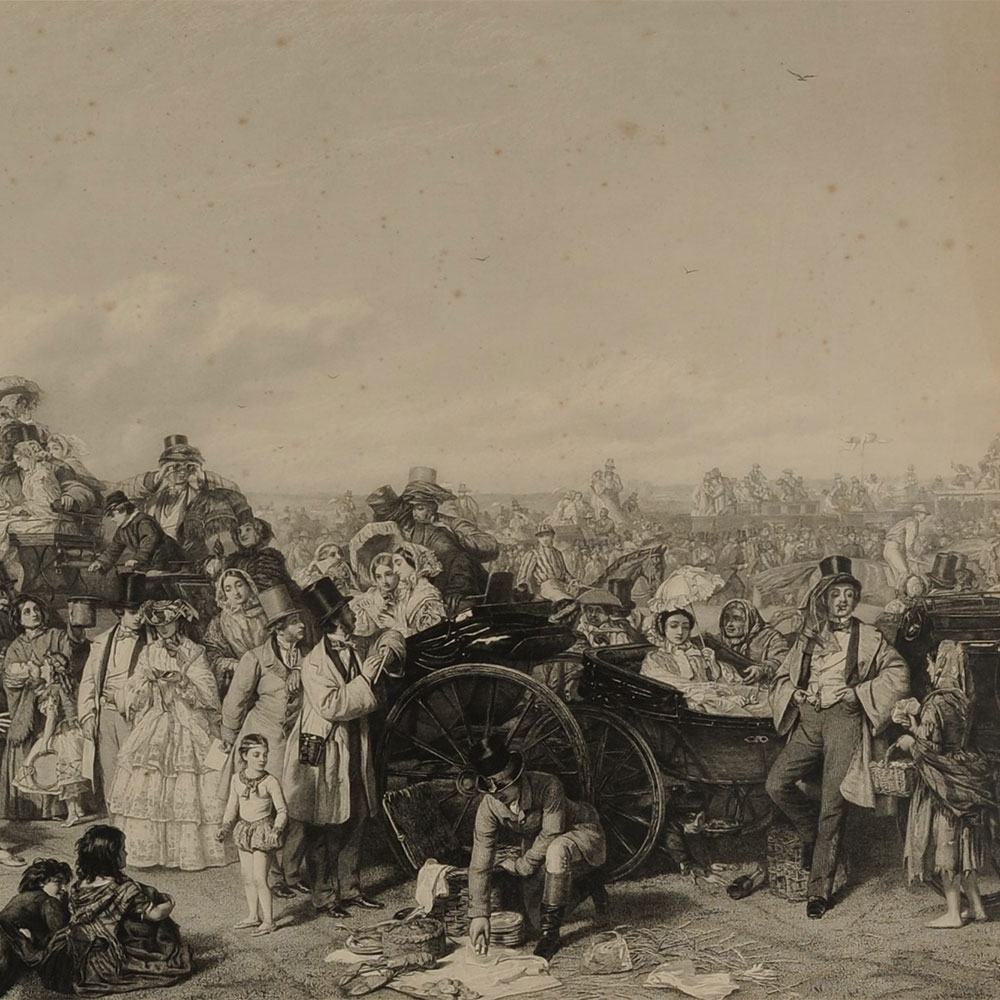
Derby Day Engraving after W.P. Frith
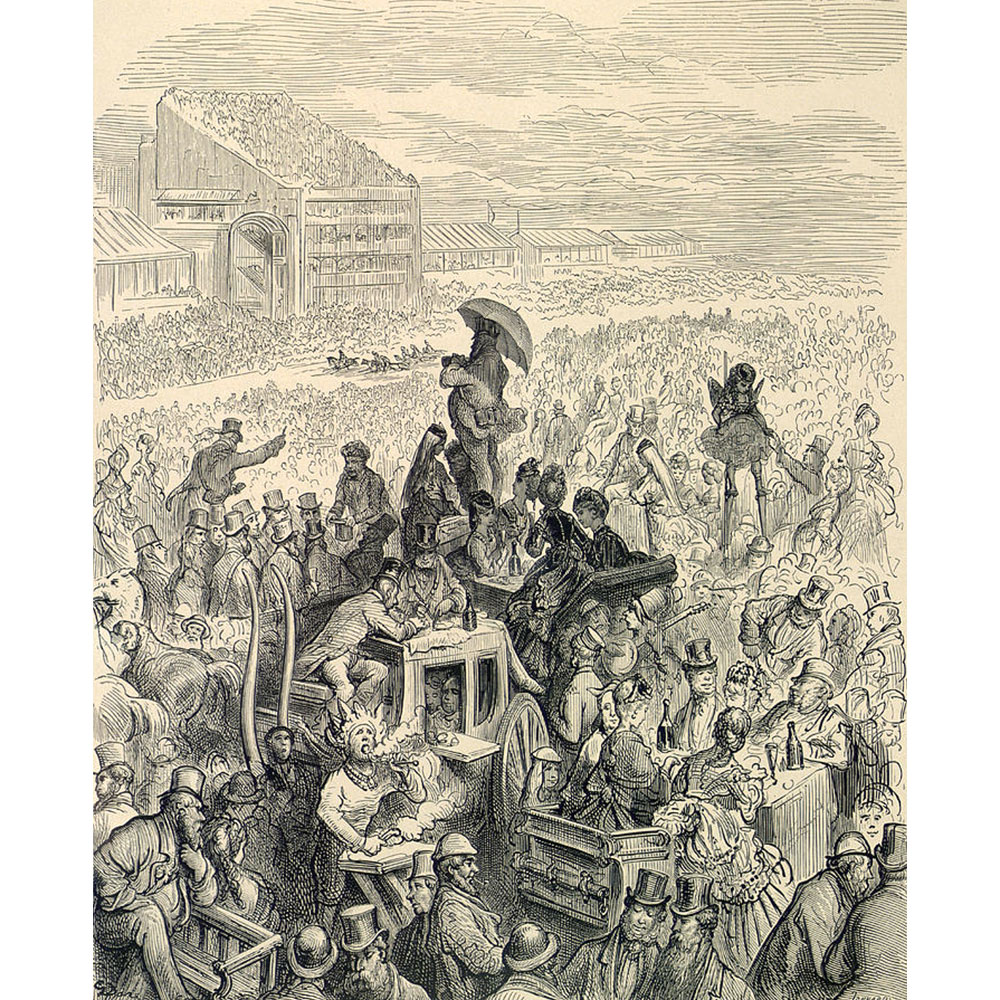
The Derby by G. Dore
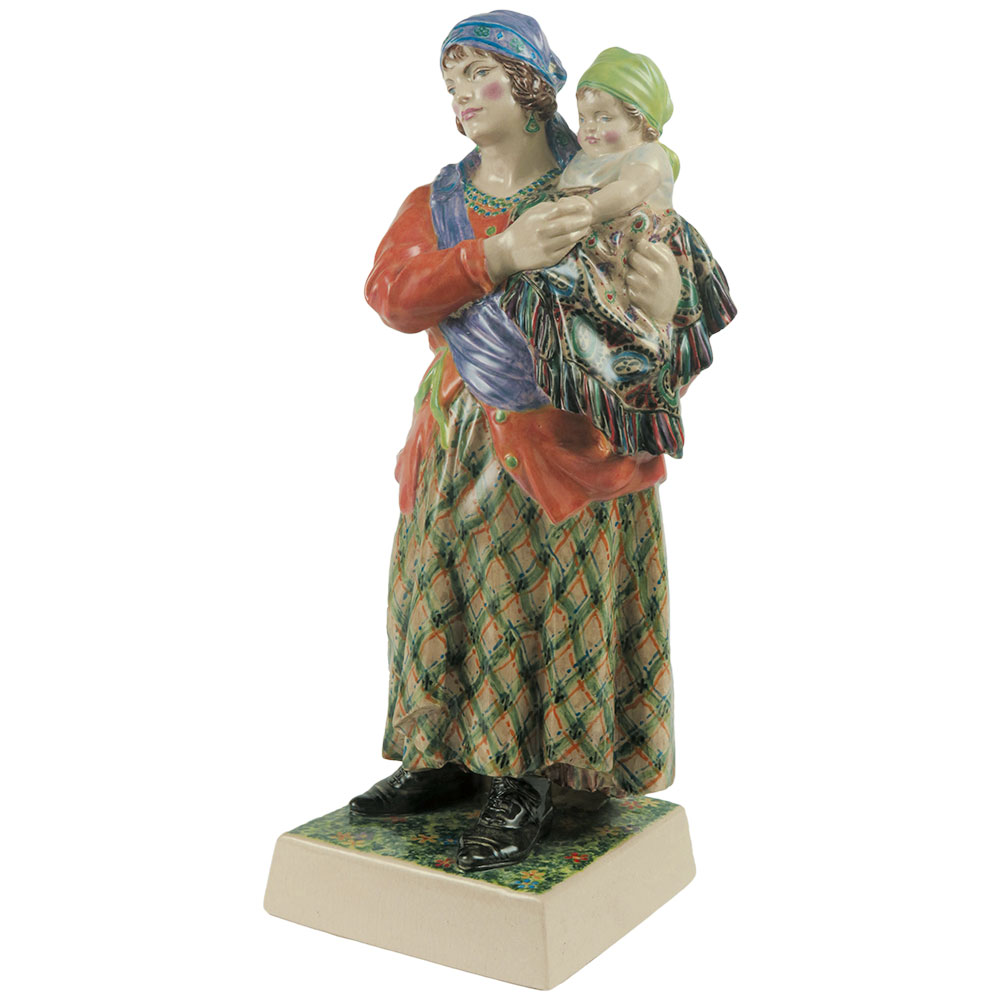
The Madonna of the Racecourse by C. Vyse
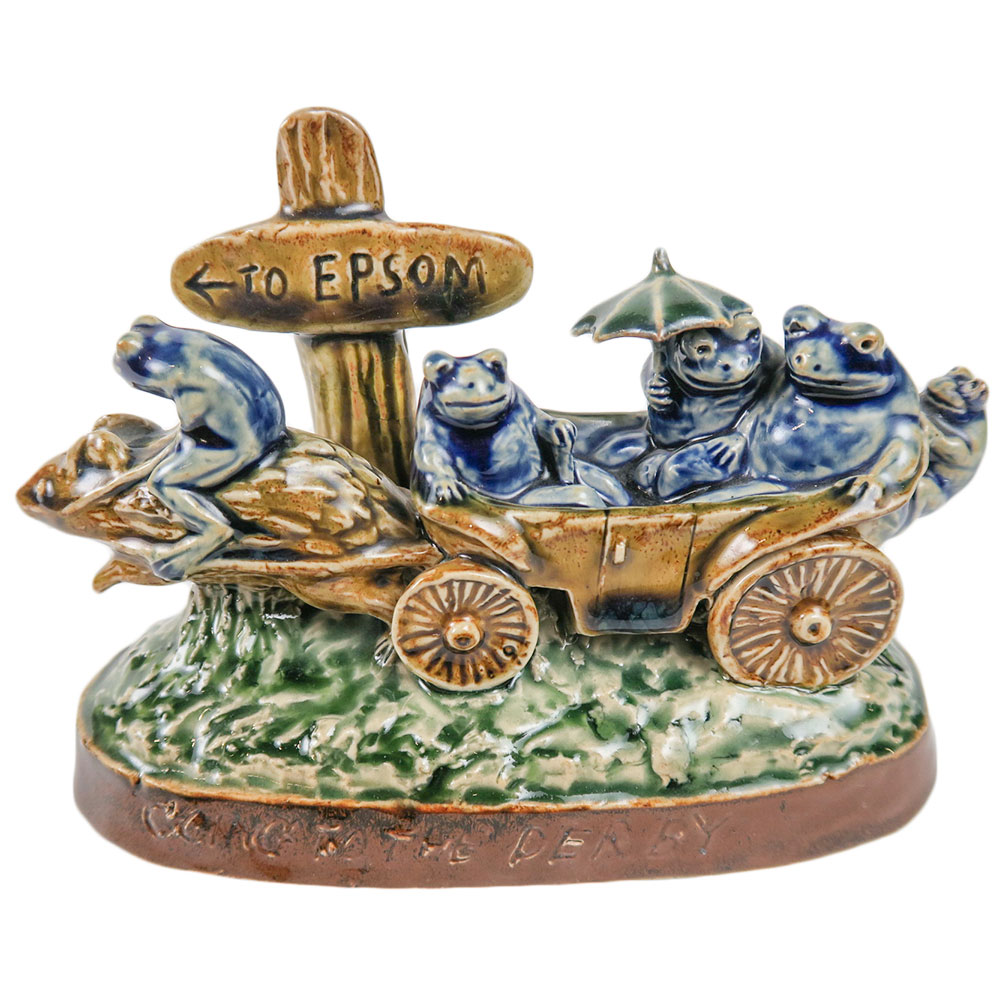
Doulton Lambeth Going to the Derby by G. Tinworth
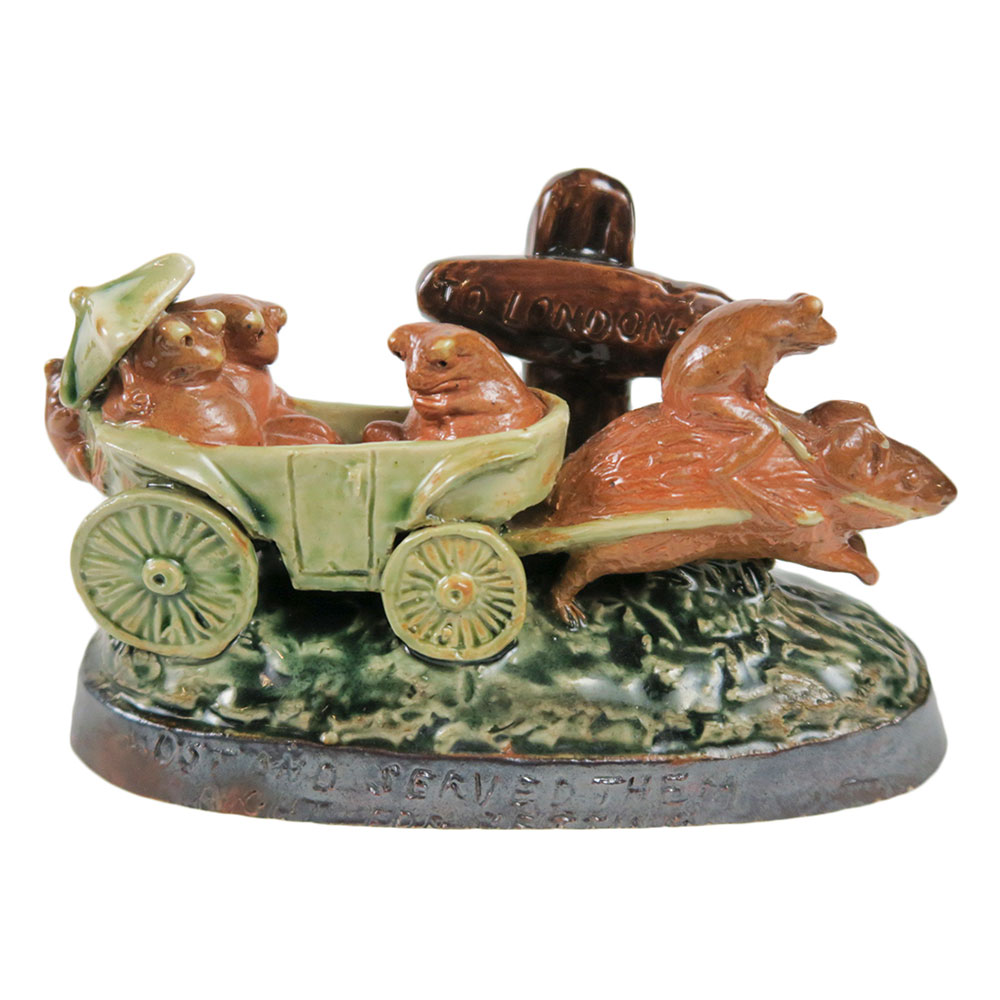
Doulton Lambeth Return from the Derby by G. Tinworth
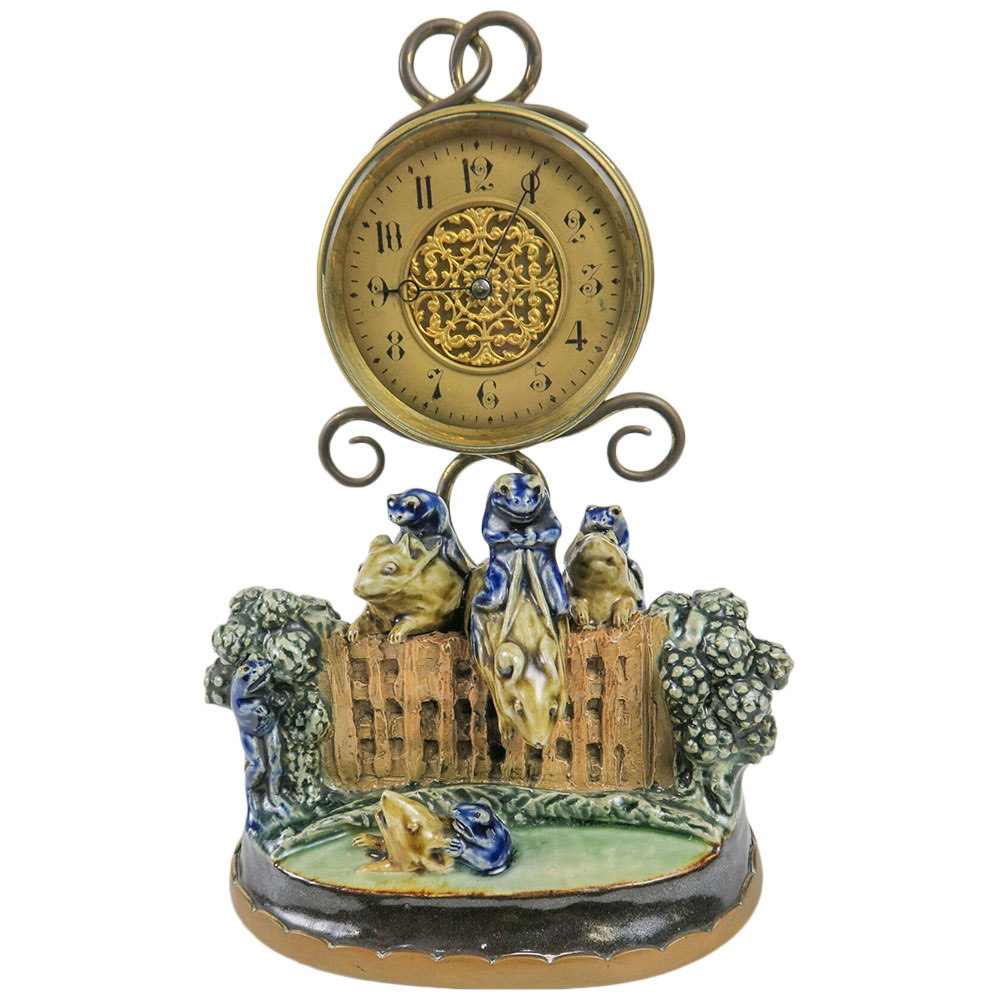
Doulton Lambeth The Steeplechase by G. Tinworth
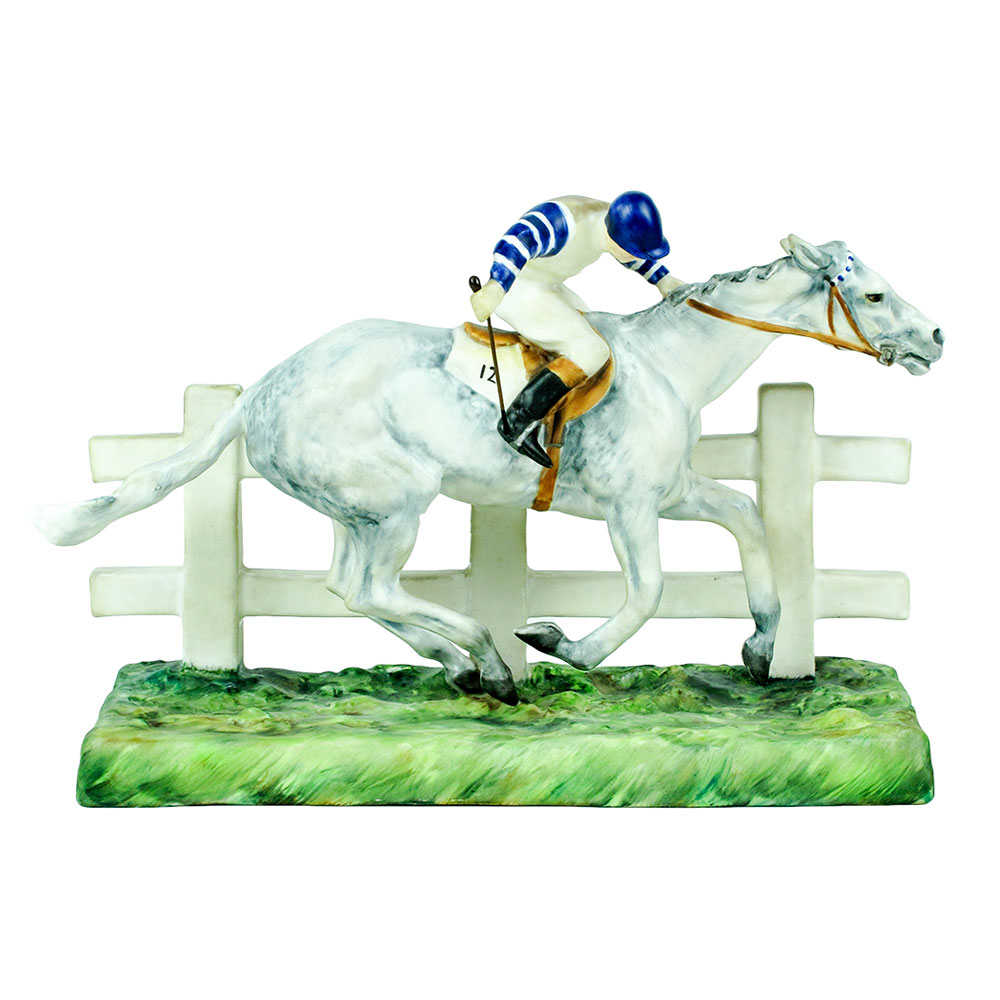
Royal Doulton The Winner by G. d’Illiers
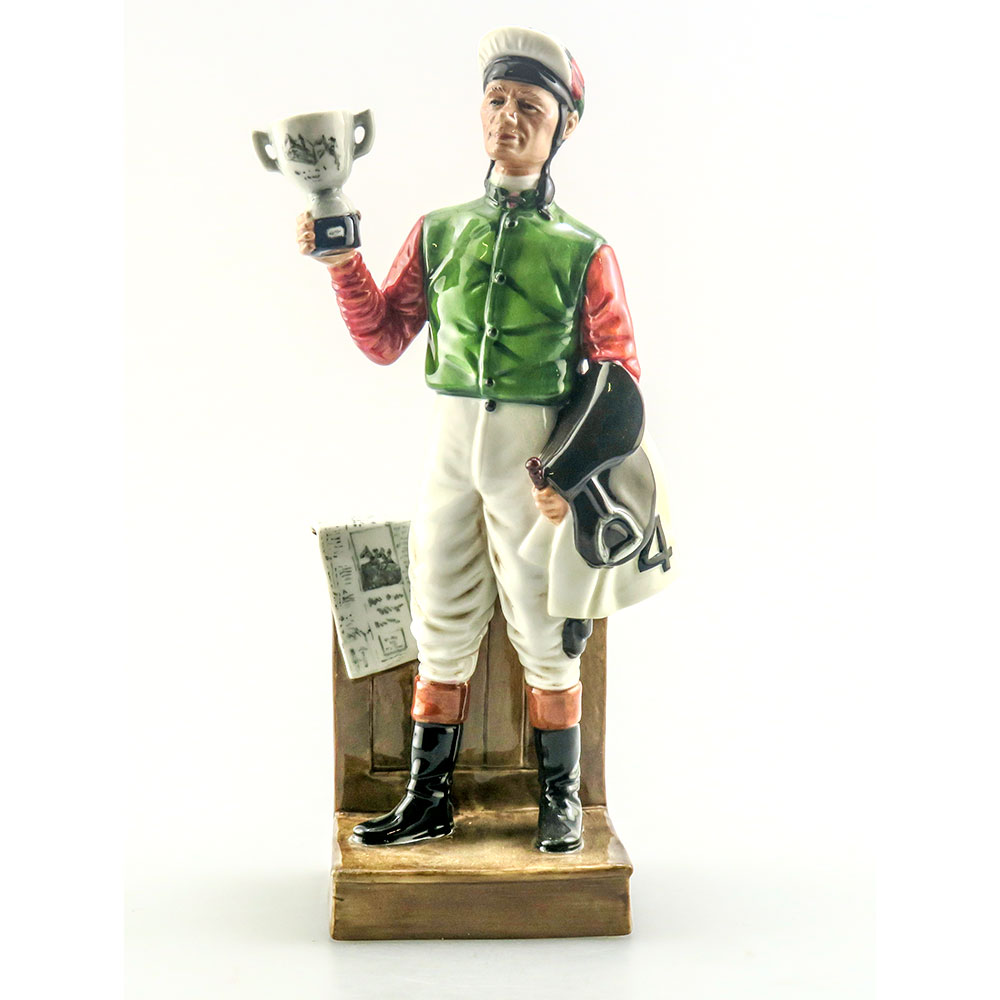
Royal Doulton The Jockey Prototype by W. K. Harper
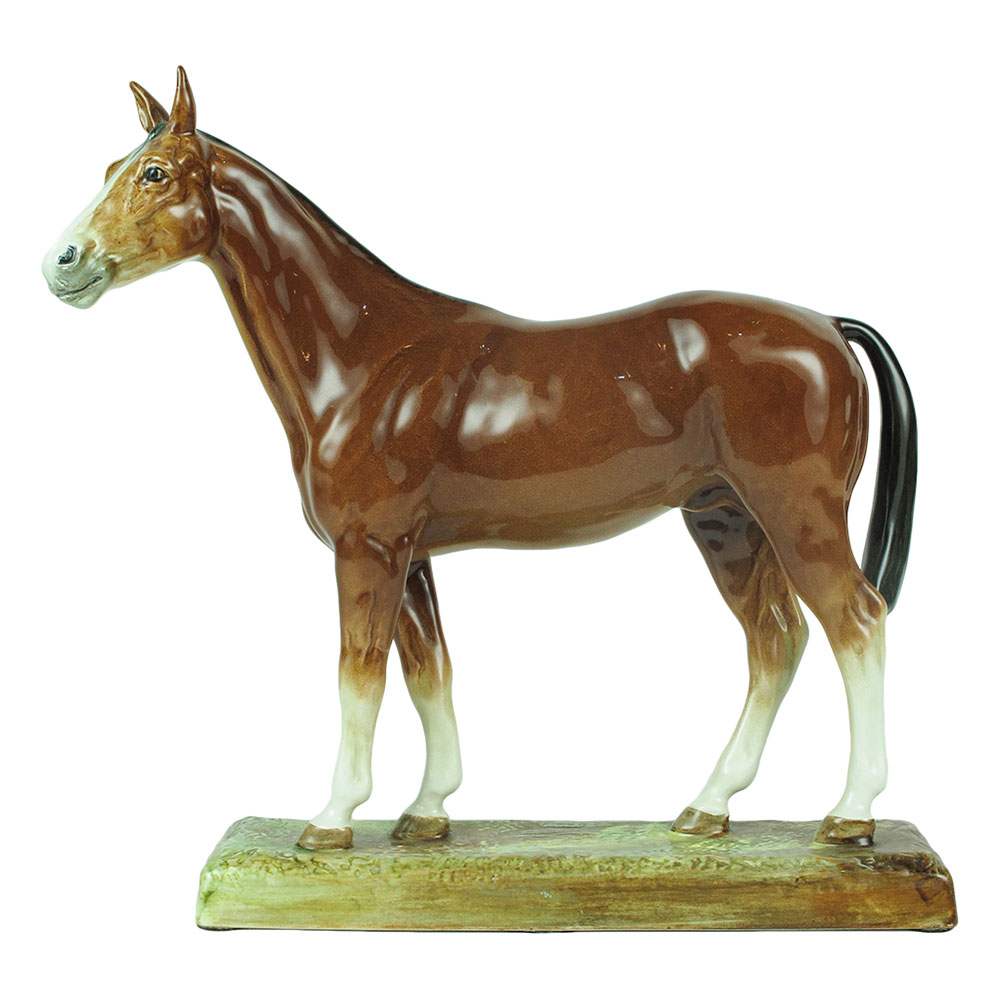
Royal Doulton Merely a Minor by F. T. Daws
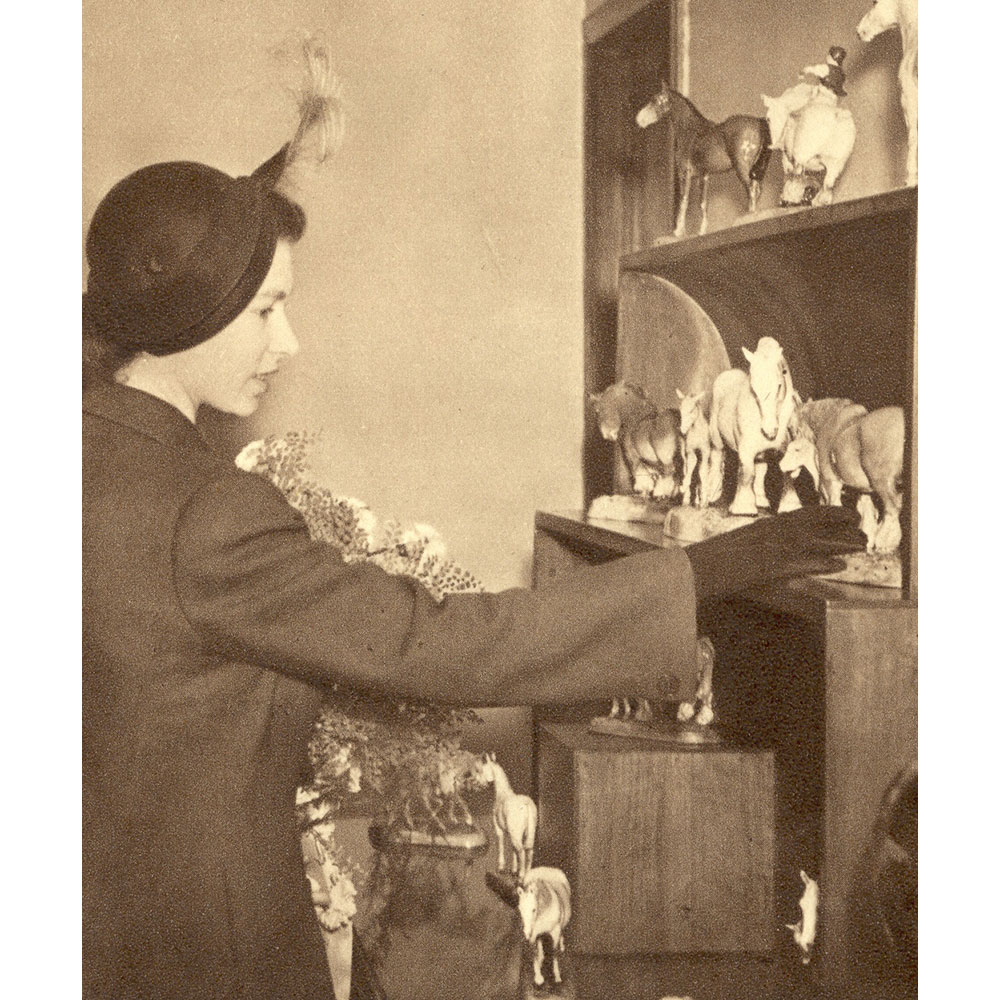
Queen Elizabeth II visit to Royal Doulton
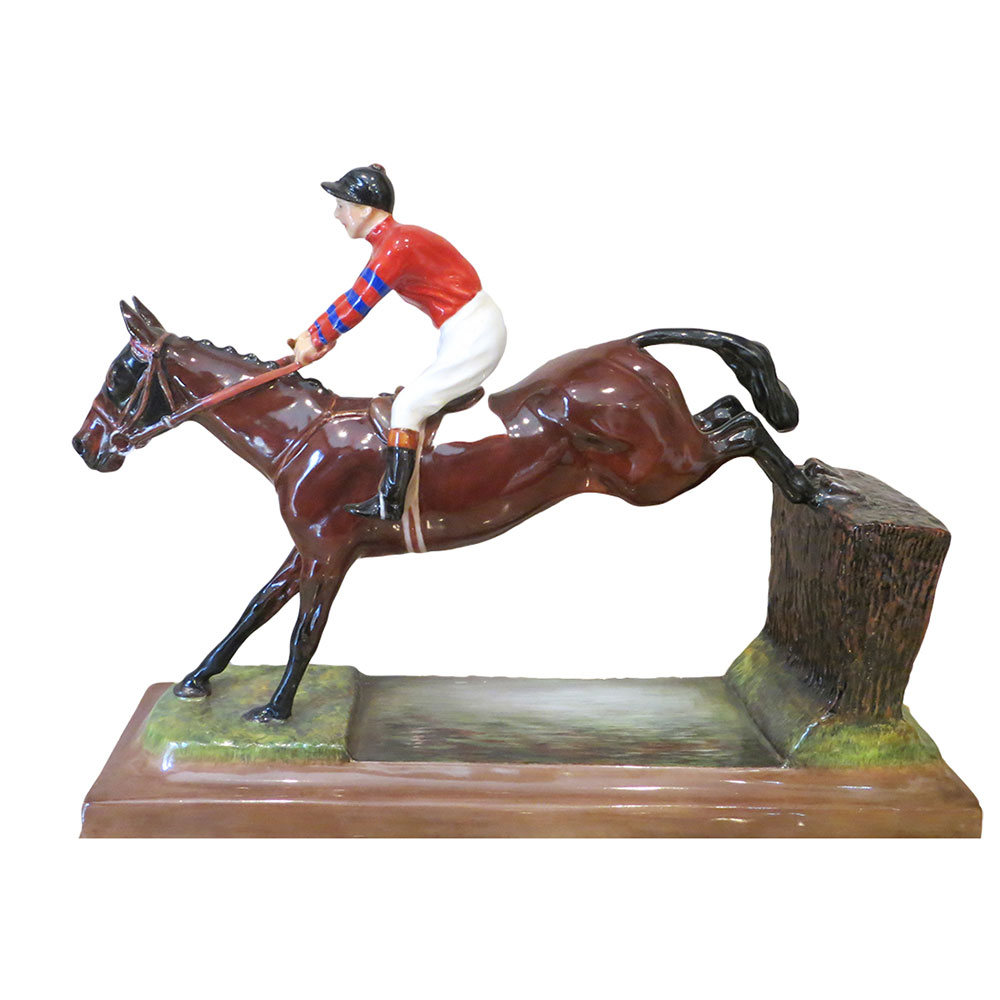
Royal Doulton Monaveen by F. T. Daws
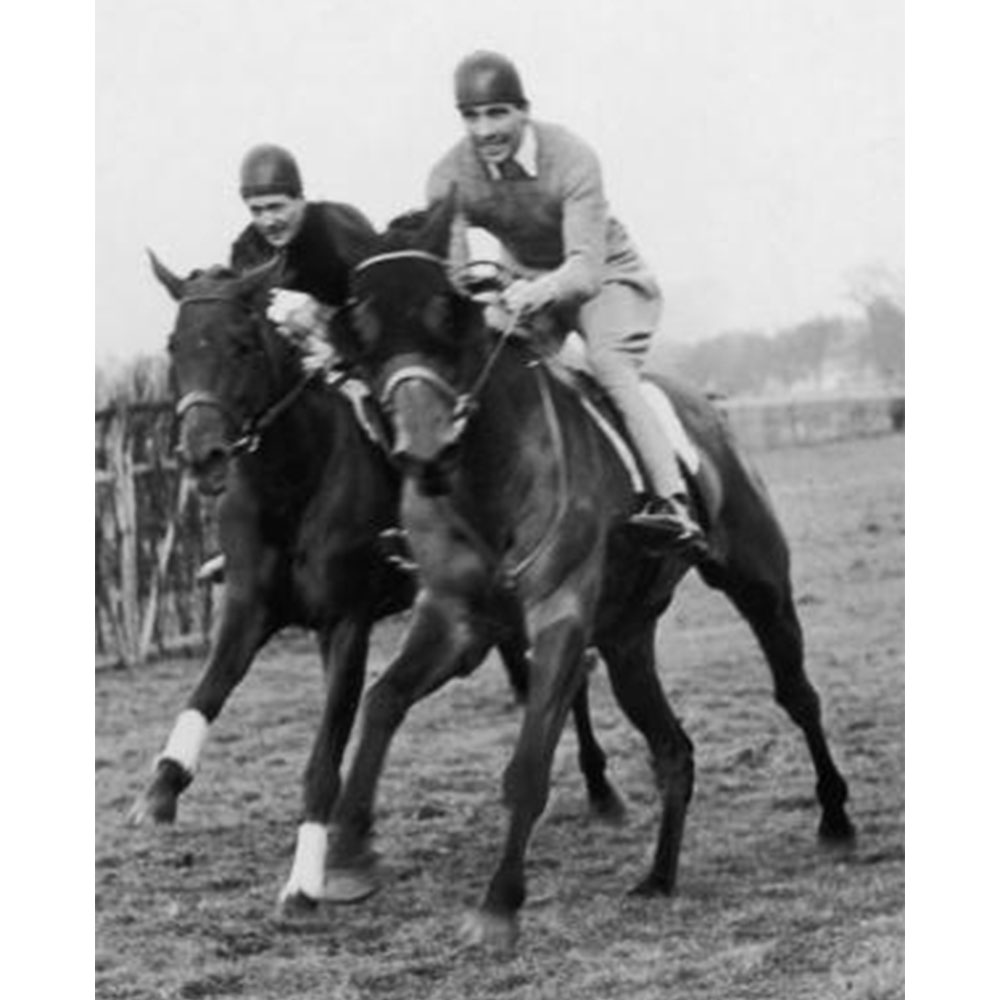
Monaveen in training
